爱伦坡sonnet to science的PPT
- 格式:ppt
- 大小:338.00 KB
- 文档页数:17
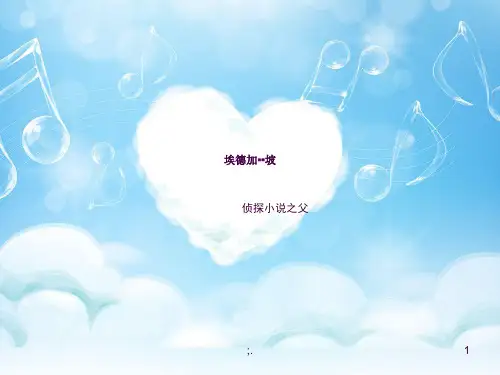
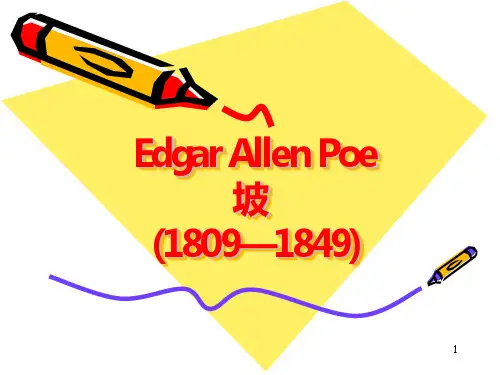
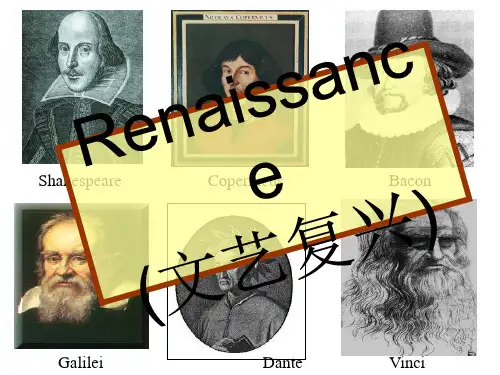
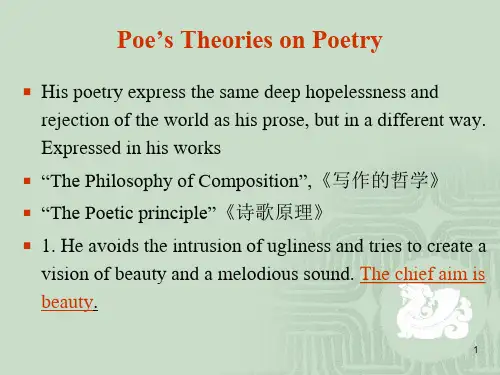

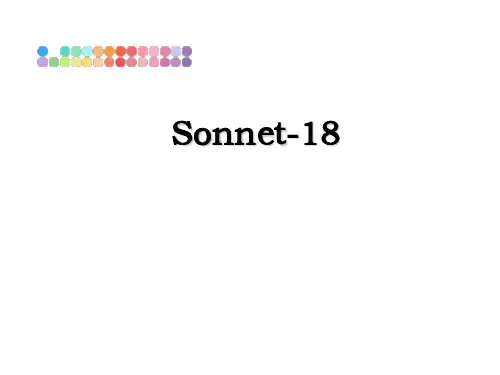
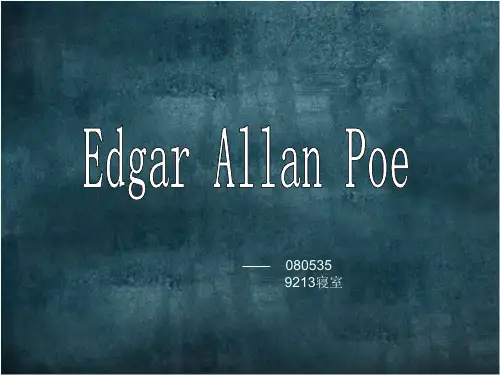
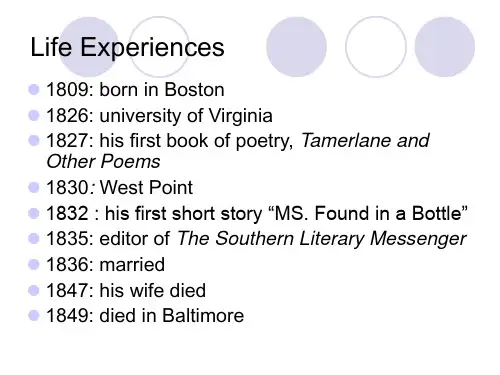
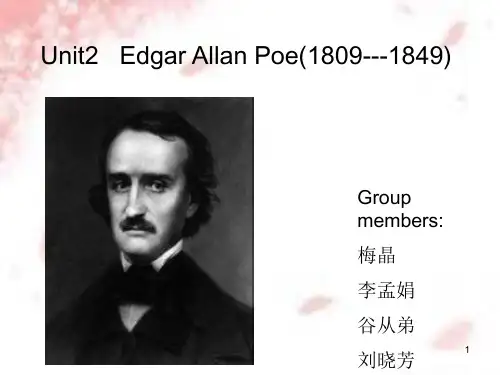
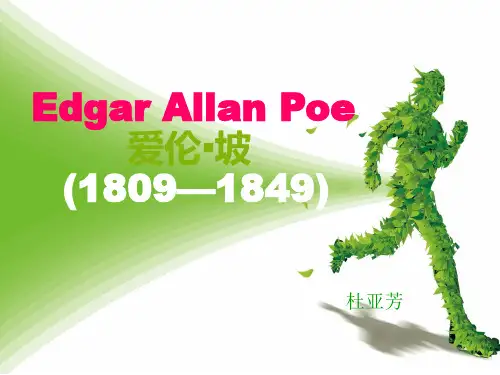
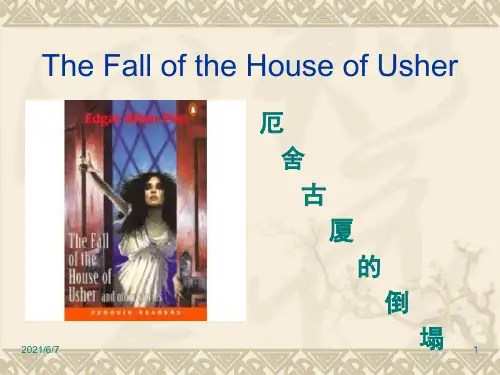
Summary:Poe asks why science preys on the poet. Science is peering, destructive and interested only in cold realities. It will not allow the poet to soar in fantasy or even to sit peacefully dreaming beneath a tree .Analysis:"Sonnet - To Science" is a poet's lament over the dangers of scientific development and its negative implications for poetry and creativity. Poe lived and wrote in the early nineteenth century as the European Industrial Revolution was crossing the Atlantic and transforming the technological landscape of the eastern United States, and his poem reflects an artistic backlash to the potential problems of the emerging America. Poe's concerns have been relevant at every stage of scientific progress, from the Renaissance to the current day, as each series of technological changes awakens the eternal fear that man will destroy his own humanity during his excited search for better machinery.In particular, "Sonnet - To Science" hints at the tension between the forward-looking advances of the Industrial Revolution and the nature-oriented tendencies of the Romantic era. Romanticism had appeared as a counterargument to the Enlightenment philosophy of embracing and celebrating progress. Members of this movement sought to return to a purer, more innocent state of nature because they felt that society had corrupted man's innate goodness. Poe was a member of the American Romantic movement, and the poet of Poe's sonnet accordingly explores the inevitable clash between the Romantic outlook on life and the comparative thoughtlessness of industrialism.The poet of Poe's sonnet worries about and rejects scientific dogmatism because he regards it as too unimaginative and stagnating. For him, science is a predator or, like a vulture, a carrion-eater, and it has damagingly crippled his imagination with "dull realities." In his apostrophe to science, he alludes to characters from Greek and Roman mythology, such as the Hamadryad and Naiad nymphs and Diana, the Roman goddess of the hunt, describing their forced banishment as evidence that humanity is too willing to discard its creative soul. To reinforce the value of the past over the value of the thoughtless future, Poe uses a traditional English sonnet form to arrangehis thoughts. A sonnet consists of fourteen lines, which in the Shakespearean form can be divided into three heroic quatrains and one heroic couplet, where the overall rhyme scheme is ABAB CDCD EFEF GG. The lines are heroic because they use iambic pentameter, or a series of five iambs, where each iamb is an unstressed followed by a stressed syllable. The sonnet form has existed for centuries, and when combined with the archaic diction, the narrator tries to show the beauty of old forms as a structural contrast to the ugliness of scientific realities.Despite the apparent message of the sonnet, some details of "To Science" could serve to undermine the poet's words. He ironically personifies science in the first line, which may suggest that he unconsciously recognizes some humanity even in what he perceives as the stultifying influence of science. On the other hand, his personification may highlight his fundamental incompatibility with science, since he cannot help but poeticize the mundane. In addition, the use of a rigid sonnet form may also indicate that poetry is itself not as free-formed as the poet characterizes it to be, or alternatively it may suggest that some constraints do not necessarily indicate the strangulation of the imagination.。